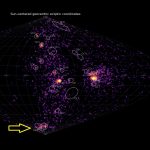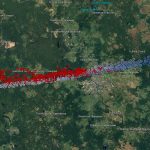By Igor Baluyk, Sergei Dubrovski, Yuri Goryachko, Konstantin Morozov, Ivan Sergei.
Abstract: On 2021 April 11, the trajectory of a grazing meteor has been registered in the eastern part of Belarus.
1 Introduction
The object was recorded by six cameras at once: Daraganovo_12, Gomel_W, Gomel_NW, Daraganovo_10, MINSK_03 and MINSK_14. This allowed us to track it almost all the way. We watched the meteor for 24.7 sec (!). This is an absolute record for our meteor network! After that, the capture on the last camera MINSK_03 stopped, although the meteor still continued its path. According to my estimates, the time of visibility should not be less than 30 sec.
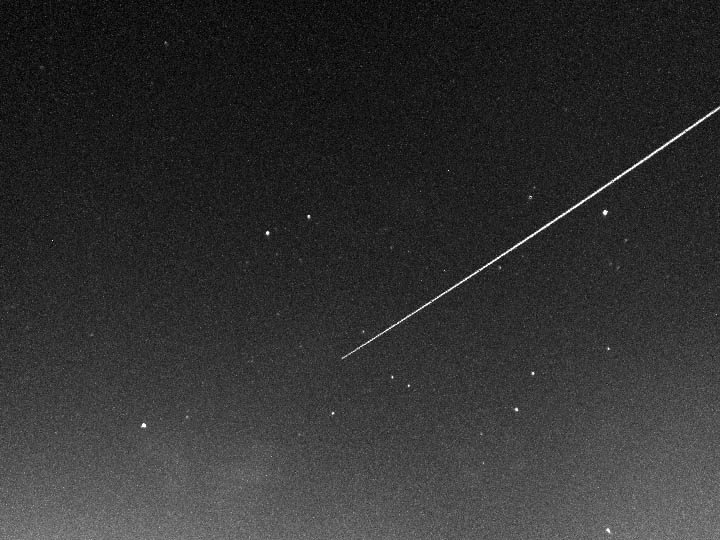
Figure 1 – The path of the grazing meteor registered by the camera of Sergei Dubrovski (Gomel).
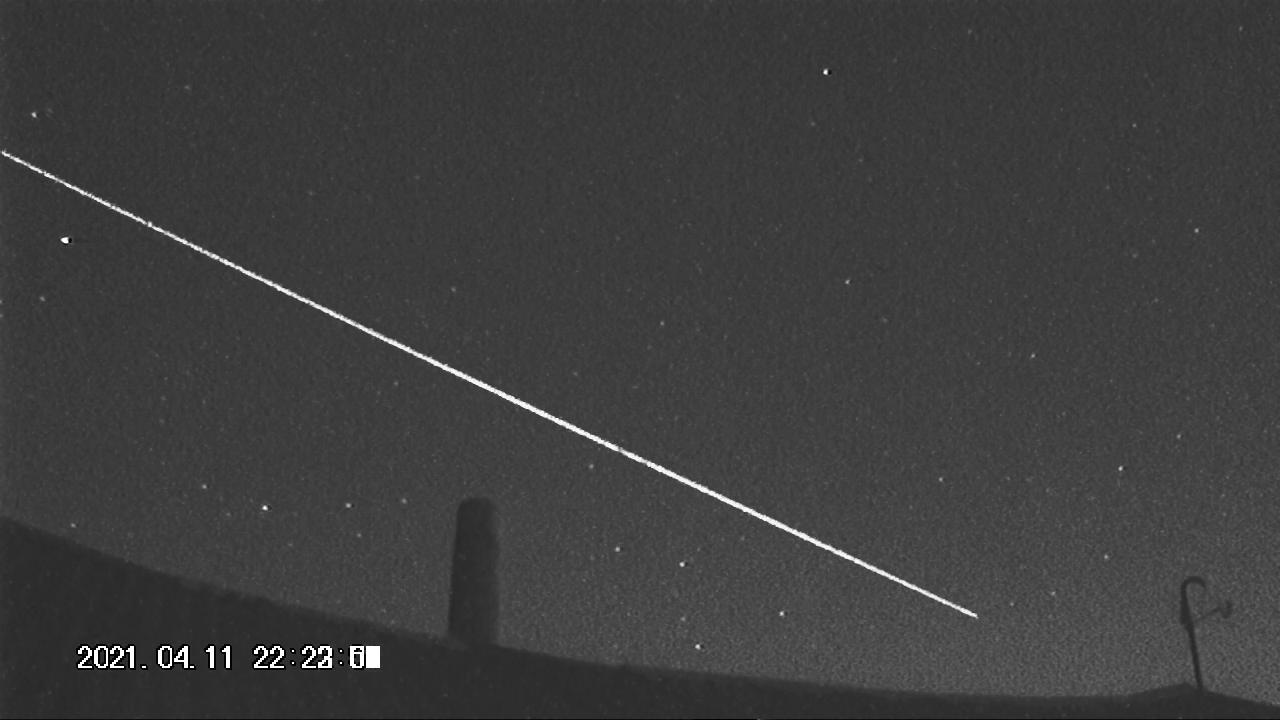
Figure 2 – The path of the grazing meteor registered by the camera of Igor Balyuk (Gomel).
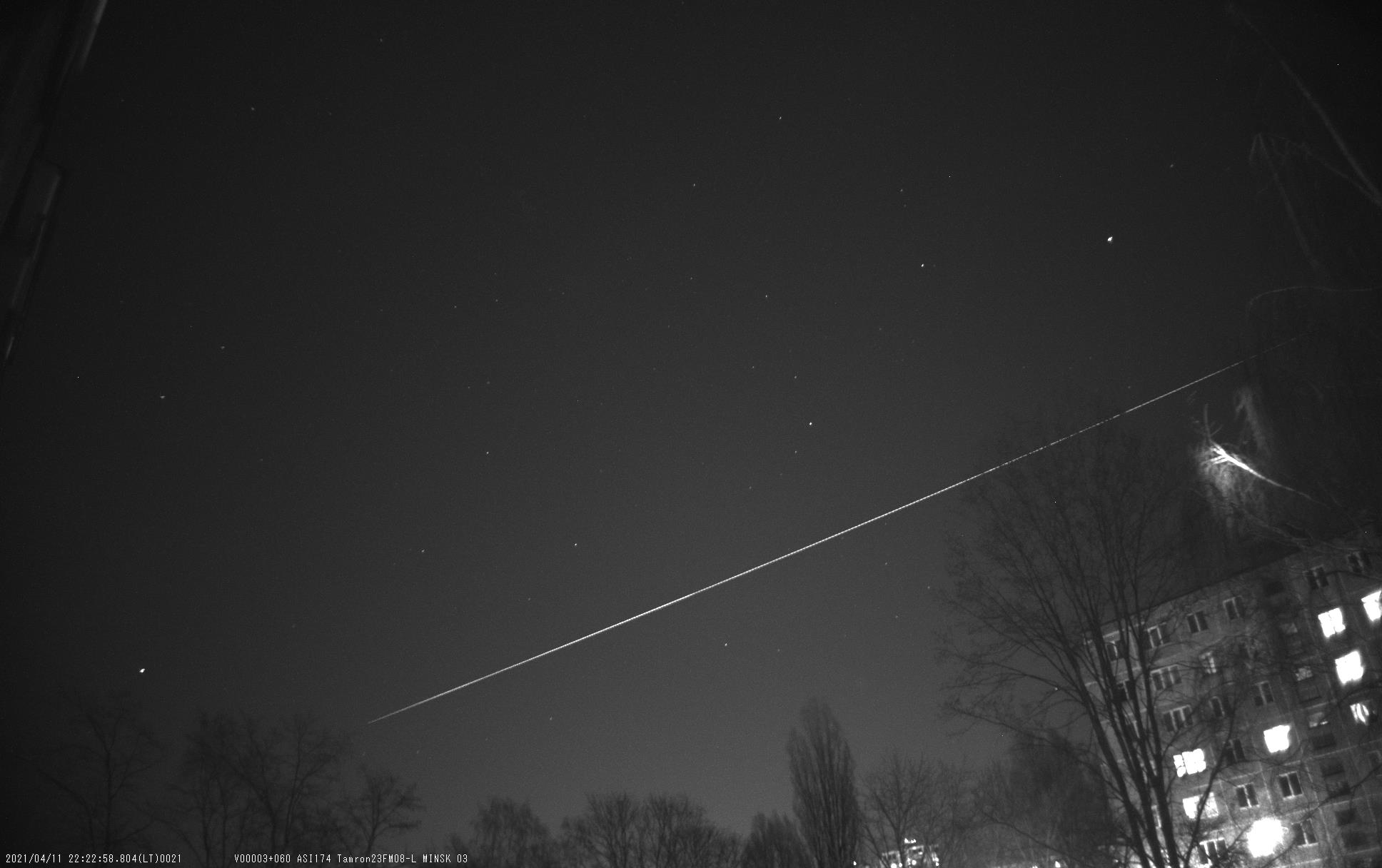
Figure 3 – The path of the grazing meteor registered by the camera of Konstantin Morozov (Minsk) in 19:22:58 UT.

Figure 4 – Part of the flight of the grazer recorded by all-sky camera I.Sergey Polyani (cropped photo).
2 Trajectory and orbit
The Daraganovo_12 camera began to capture the meteor at an altitude of just over 94 km. In the middle of the trajectory the altitude was 88 km or slightly lower. The MINSK_03 camera lost the object at an altitude of 91 km. It can be seen that the meteor passed perihelion and began to move away from the Earth. Thus, we can state that we have observed a grazing meteoroid, which has travelled 430 km through the atmosphere (actually even more, because we did not see the end).
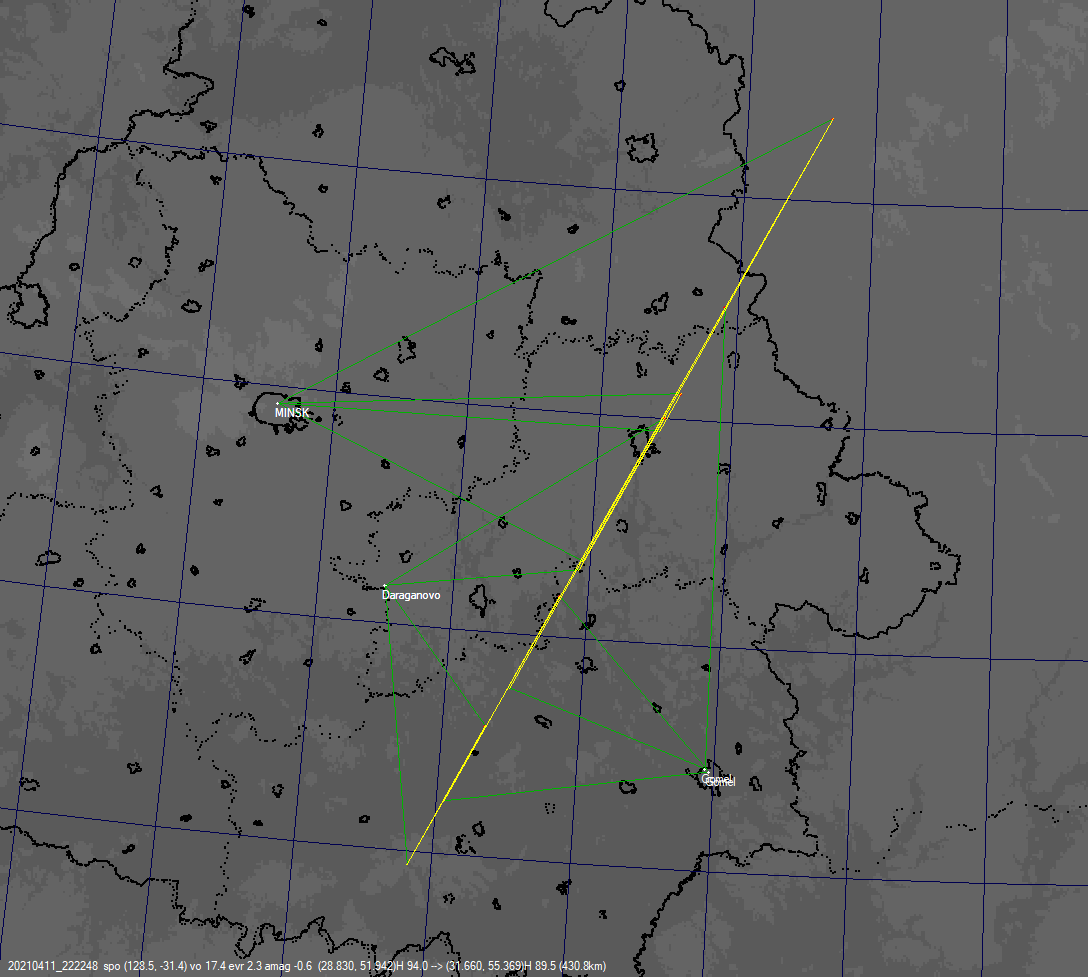
Figure 5 – The basic reconstruction of the grazing meteor trajectory by Belarusian cameras.
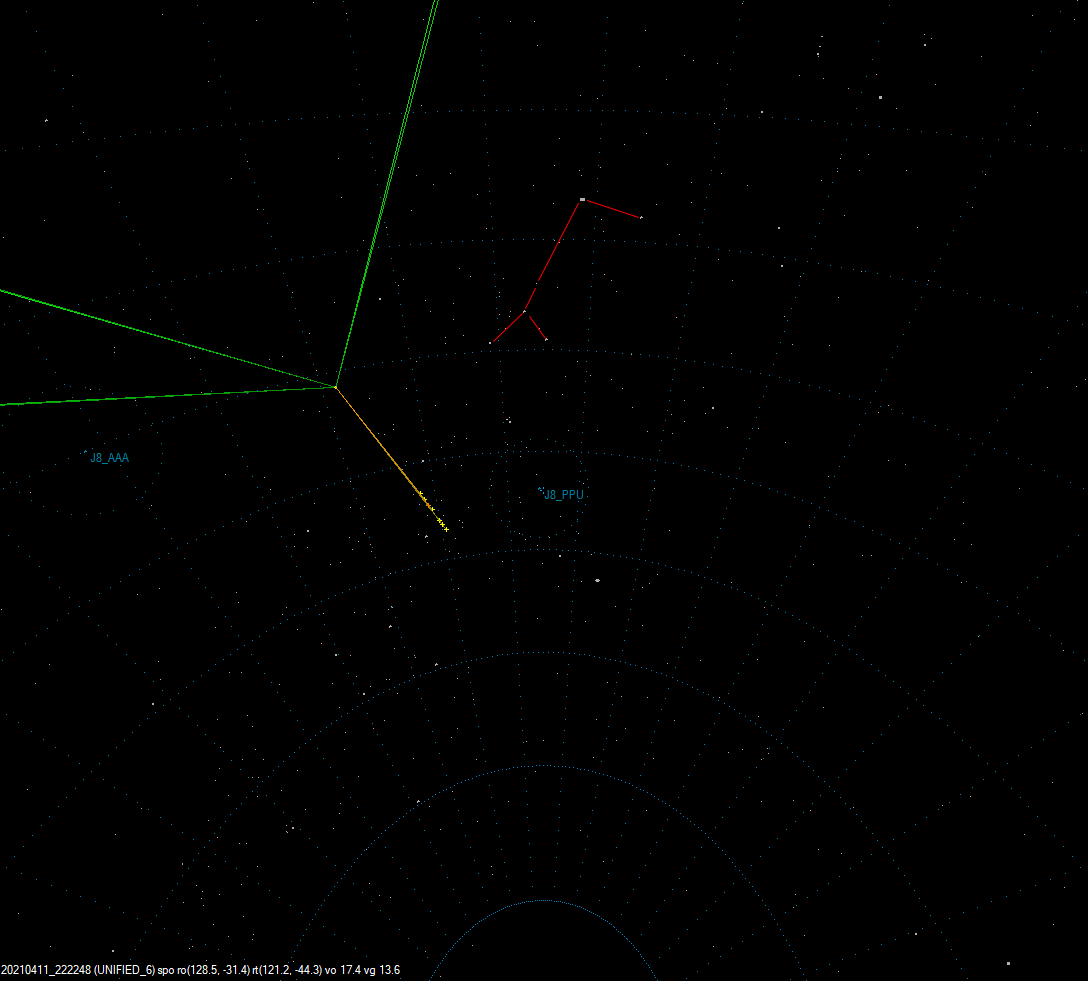
Figure 6 – Calculation of the radiant position obtained with the program UFO.
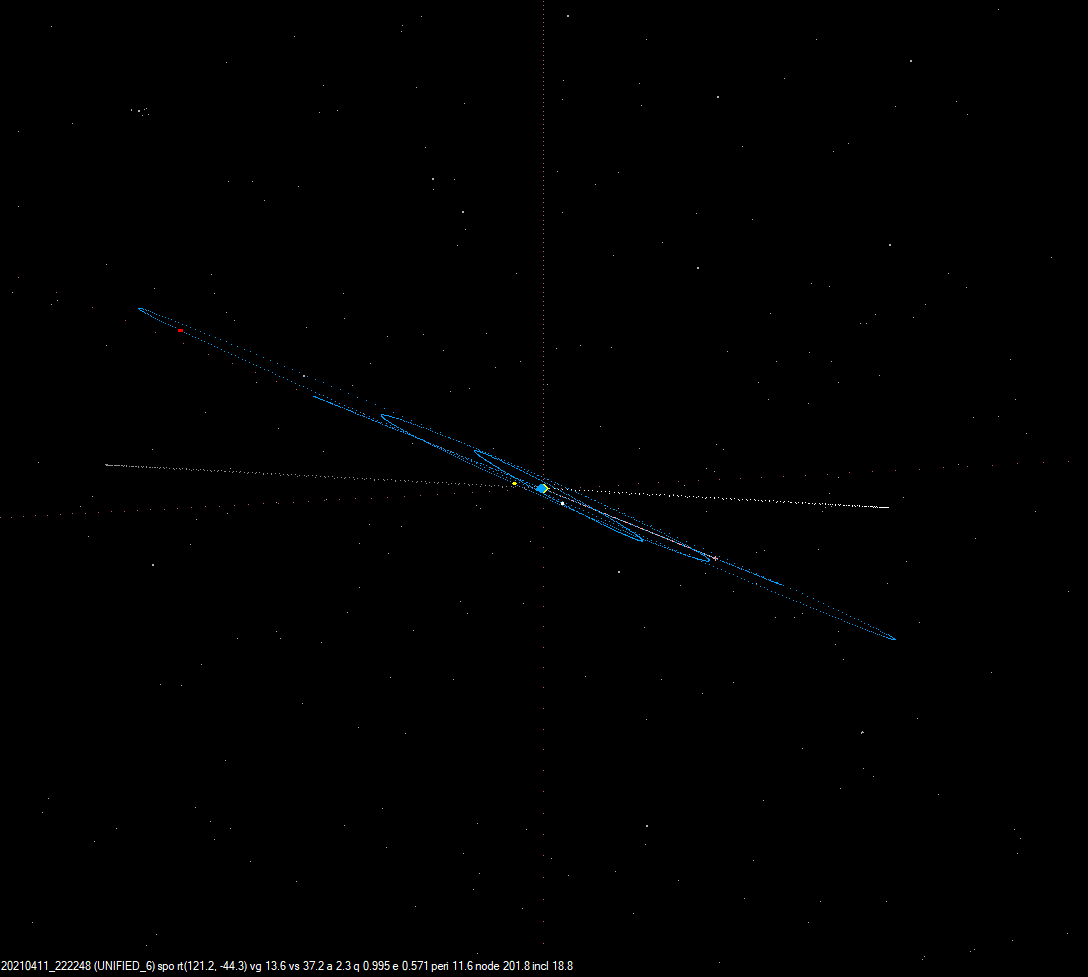
Figure 7 – Determination of the orbit of the meteor grazer in space computed by the UFO software.
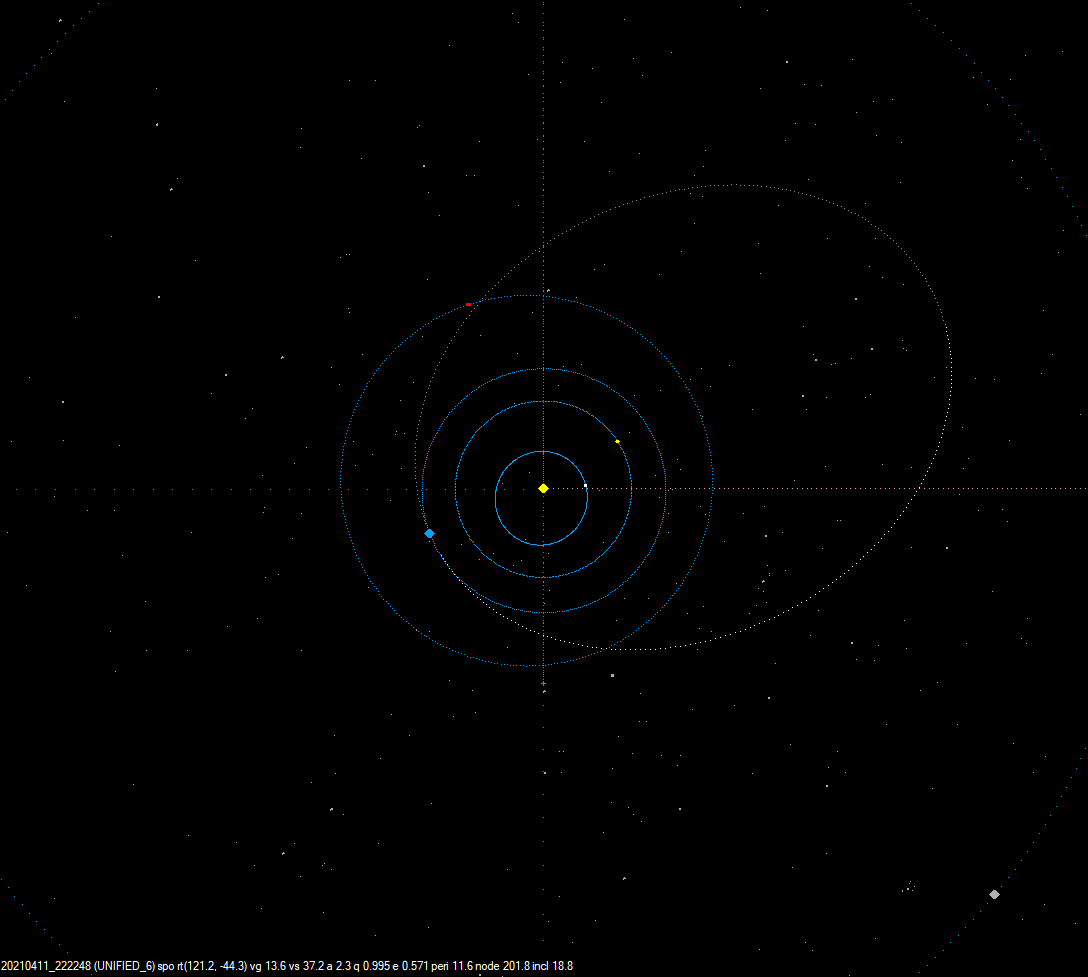
Figure 8 – Projection of the orbit of the meteor grazer in space in the ecliptic plane.
The radiant is located in the constellation Puppis (under the Canis Major) very close to the radiant of the Pi Puppids (PPU). The mean geocentric velocity (slightly decreasing during the flight) is v g = 13.6 km/s, close to that of the pi Puppids (15 km/s). This shower is active from April 8 to May 9. It is quite possible that our grazer is related to this meteor shower, although it did not come exactly from the radiant. The object was also recorded by an all-sky camera near Molodechno in a place called Poliany.
Acknowledgments
The analysis of the video data of the Belarusian group was conducted by Yuri Goryachko. We thank Paul Roggemans for correcting this article.





